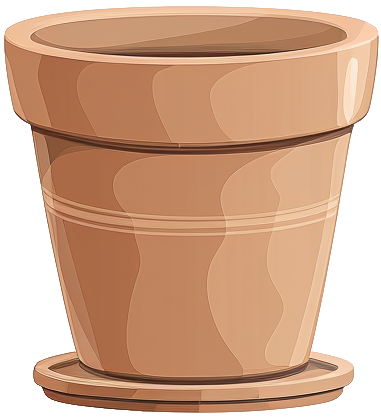- zamioculcas
- zamiifolia
- 'lucky white'

zamioculcas zamiifolia'lucky white'
Care level
Easy
Variegation
Blotched pattern
This plant is distinct because its leaves display striking patterns of light cream color mixed in with the green. Unlike other plants of this kind, the edges of its individual small leaves are also noticeably wavy or curled.
Care & maintenance
Light
Bright light, usually located near windows but doesn't receive direct rays for more than an hour during the day.
Temperature
Wide range (41°F - 104°F)
Fertilization frequency
Low
Once per season.
Soil
Choose a Succulent and cactus mix: A well-draining blend with coarse texture. Promotes root health by preventing water-logging and mimicking arid natural habitats.
If you want to create your own substrate, you can make a mixture of the following soils:
Click on the soil name for more information.
Pot

Standard size
Prefer a pot with a classic width/depth ratio.
Incorrect or incomplete information?
In our goal of building the best plant database, we sometimes make mistakes or have incomplete information. You can help us fill these gaps!
Features
Size & growth
Medium
Upright
Moderate growth
This plant grows at a moderate rate. It can reach 1 to 3 feet in height or spread.
It grows upwards without support.
Toxicity
| Cat | |||
|---|---|---|---|
| Dog | |||
| Human |
Reproduction & propagation
Fruits & flowers
Non-flowering & not self-pollinating
The zamioculcas lucky white cannot produce flowers and therefore fruits.
This plant is not capable of self-pollination, it will not be able to produce fruits if it is not pollinated by another individual.



